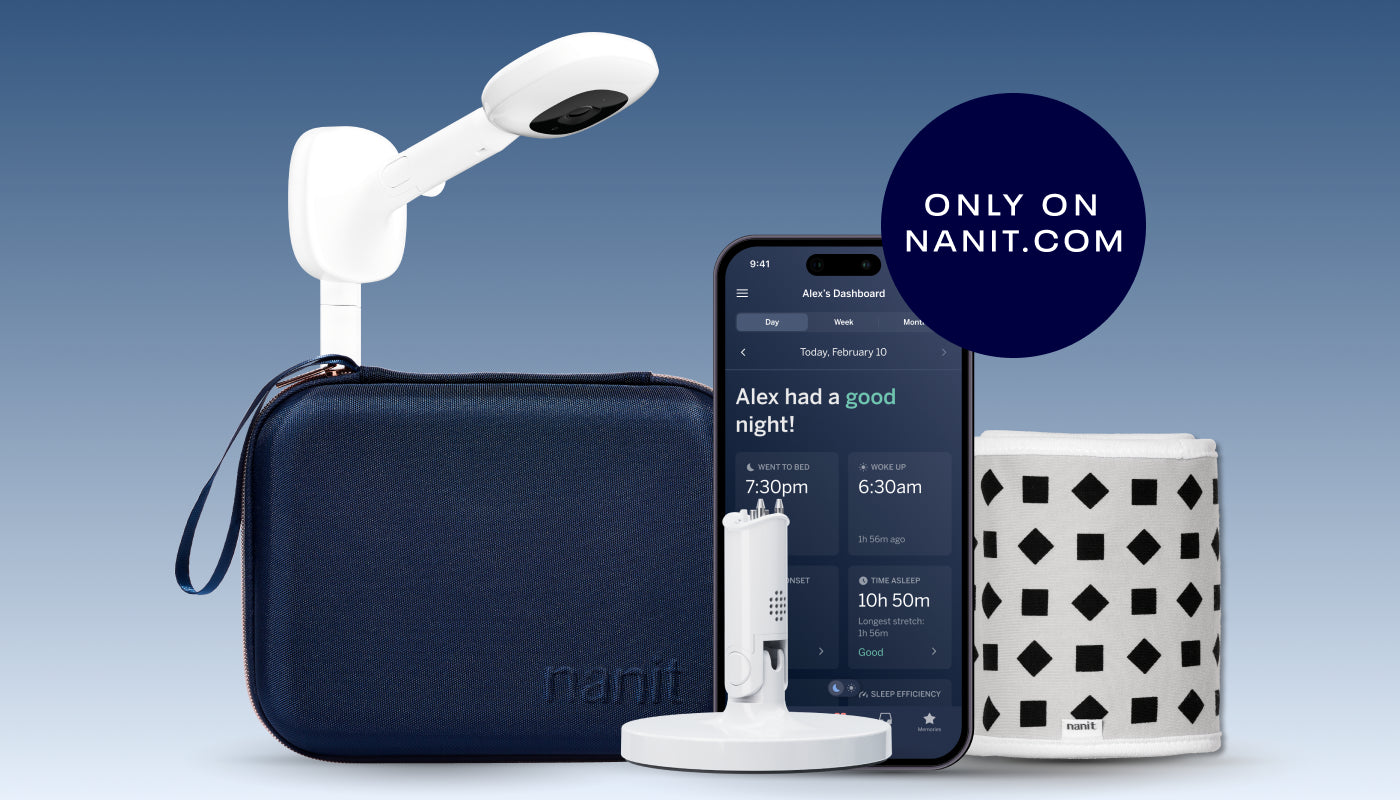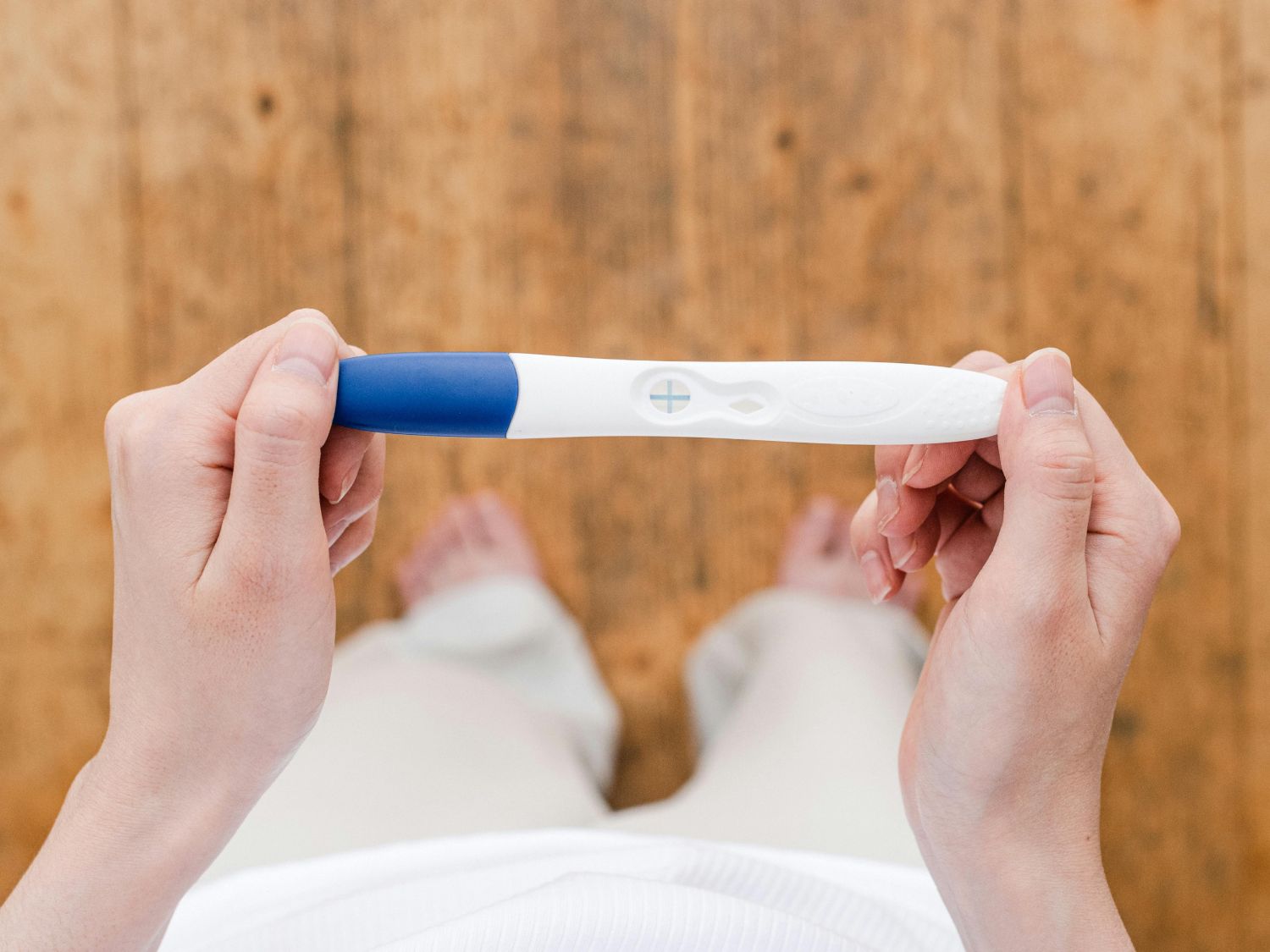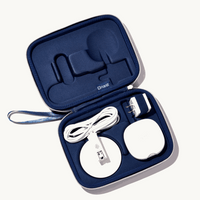Congratulations! Whether you've just discovered you're expecting or you're planning ahead for your pregnancy journey, you've likely found yourself wondering about due dates, conception timing, and important pregnancy milestones. The journey through pregnancy can feel overwhelming, filled with questions about timing, development stages, and whether everything is progressing as it should. You're not alone in this journey, and the good news is that understanding pregnancy calculators and using the right tools can help you navigate this exciting time with confidence.
Pregnancy calculators have become invaluable tools for expectant parents, offering insights into due dates, conception dates, and important pregnancy milestones. While every pregnancy is unique, having a solid understanding of how these tools work can empower you to make informed decisions about your prenatal care and help you prepare for your baby's arrival.
As we explore in our candid conversation around fertility and conception, the journey to parenthood continues beyond conception, and with the right knowledge and tools, you can navigate your pregnancy journey with confidence and excitement.
What Are Pregnancy Calculators and Why Do They Matter?
Pregnancy calculators are digital tools designed to help expectant parents track their pregnancy journey by calculating important dates and milestones. These calculators use key information like your last menstrual period (LMP), conception date, or ultrasound measurements to provide estimates for your due date, current gestational age, and various pregnancy milestones.
Understanding these dates is crucial for several reasons. First, it helps you and your healthcare provider monitor your baby's development and ensure everything is progressing normally. Second, it allows you to prepare for important prenatal appointments, tests, and screenings that occur at specific stages of pregnancy. Finally, knowing your due date helps you plan for your baby's arrival, from preparing the nursery to arranging maternity leave.
While pregnancy calculators provide helpful estimates, it's important to remember that they're tools to guide your understanding, not definitive medical diagnoses. Your healthcare provider will use these calculations along with other clinical information to monitor your pregnancy and make important care decisions.
Types of Pregnancy Calculators
There are several types of pregnancy calculators available, each serving different purposes throughout your pregnancy journey. Understanding these different tools can help you choose the ones that best meet your needs:
1. Due Date Calculators
Due date calculators are perhaps the most commonly used pregnancy tools. They estimate your baby's due date based on the first day of your last menstrual period (LMP). The calculation assumes a 28-day cycle with ovulation occurring on day 14, adding 280 days (40 weeks) to your LMP date.
Best for: Getting an initial estimate of your due date and understanding your pregnancy timeline.
2. Conception Date Calculators
These calculators work backwards from your due date or LMP to estimate when conception likely occurred. This can be particularly helpful if you're trying to determine timing for personal reasons or if you have questions about paternity.
Best for: Understanding when conception likely occurred and planning around that timeframe.
3. Gestational Age Calculators
Gestational age calculators help you determine exactly how far along you are in your pregnancy at any given time. This is important for tracking your baby's development and scheduling appropriate prenatal care.
Best for: Tracking your pregnancy progress and understanding developmental milestones.
4. Pregnancy Milestone Calculators
These comprehensive tools provide a timeline of important pregnancy milestones, including when you'll enter each trimester, when major organ development occurs, and when you might expect to feel your baby's first movements.
Best for: Understanding your baby's development timeline and preparing for each stage of pregnancy.
5. Ultrasound Due Date Calculators
These calculators use measurements from ultrasound scans to provide more accurate due date estimates, especially useful if you have irregular cycles or are unsure about your LMP date.
Best for: Getting the most accurate due date estimate when LMP-based calculations aren't reliable.
|
Calculator Type |
Primary Use |
Accuracy |
Best Time to Use |
|
Due Date |
Estimate delivery date |
±2 weeks |
Early pregnancy |
|
Conception Date |
Estimate conception timing |
±3-5 days |
Any time in pregnancy |
|
Gestational Age |
Track pregnancy progress |
±1-2 weeks |
Throughout pregnancy |
|
Pregnancy Milestones |
Track development stages |
Varies by milestone |
Throughout pregnancy |
|
Ultrasound-Based |
Accurate due date estimation |
±1 week |
After first ultrasound |
How to Use Pregnancy Calculators Effectively
1. Know Your Last Menstrual Period (LMP)
The most accurate pregnancy calculations start with knowing the exact date of your last menstrual period. This should be the first day of your last normal period, not any spotting or irregular bleeding you may have experienced.
2. Consider Your Cycle Length
If you have irregular cycles or cycles that are significantly shorter or longer than 28 days, mention this to your healthcare provider. They may need to adjust calculations accordingly or rely more heavily on ultrasound measurements.
3. Use Multiple Calculators for Comparison
Different calculators may give slightly different results. Using multiple tools can help you understand the range of possibilities and identify any significant discrepancies that might warrant discussion with your healthcare provider.
4. Update Information as You Receive It
As you receive ultrasound results and other clinical information, update your calculations. Early ultrasounds (before 20 weeks) are generally more accurate for dating than LMP-based calculations.
5. Don't Rely Solely on Calculators
While pregnancy calculators are helpful tools, they should never replace regular prenatal care and professional medical advice. Always discuss your results with your healthcare provider and follow their guidance for monitoring and care.
Pro Tip: Keep a Pregnancy Journal
Document your pregnancy journey by recording important dates, milestones, and symptoms. This information can be valuable for your healthcare provider and will become cherished memories of your pregnancy experience.
Understanding Your Pregnancy Timeline
Pregnancy is typically divided into three trimesters, each with its own developmental milestones and important considerations. Understanding this timeline helps you prepare for what's ahead and know when to expect important changes.
First Trimester (Weeks 1-12)
-
Major organ development begins
-
First prenatal appointment typically occurs
-
Morning sickness often peaks
-
First trimester screening may be offered
-
Heart begins beating around week 6
Second Trimester (Weeks 13-27)
-
Anatomy ultrasound typically performed (18-22 weeks)
-
Baby's movements become noticeable
-
Gender can usually be determined
-
Glucose screening typically occurs
-
Many women experience increased energy
Third Trimester (Weeks 28-40+)
-
Baby's weight gain accelerates
-
Prenatal appointments become more frequent
-
Birth preparation classes often begin
-
Baby's lungs continue maturing
-
Braxton Hicks contractions may begin
Preparing for Your Baby's Arrival
As your due date approaches, pregnancy calculators can help you plan for your baby's arrival. Knowing your timeline allows you to prepare both practically and emotionally for this life-changing event.
Creating Your Baby's Sleep Environment
One of the most important preparations you can make is creating a safe, comfortable sleep environment for your baby. This includes choosing the right crib, bedding, and monitoring tools to ensure your baby's safety and your peace of mind.
Monitor Your Baby's Sleep from Day One
The Nanit Pro Camera provides comprehensive sleep monitoring for your newborn, tracking sleep patterns, breathing motion, and developmental milestones. With HD video, night vision, and two-way audio, you can watch over your baby with confidence from anywhere.
Planning Your Nursery
Your pregnancy timeline can help you plan when to set up your nursery and purchase essential items. Most experts recommend having your nursery ready by 36 weeks, giving you time to prepare while still having energy during your second trimester.
Our comprehensive nursery checklist covers everything you need to create a safe, comfortable space for your baby, from essential furniture to helpful monitoring tools.
Preparing for Postpartum
As your due date approaches, it's important to think beyond birth and consider your postpartum recovery and adjustment period. This includes preparing meals, arranging help, and setting up systems to support your new family.
Create the Perfect Sleep Environment
The Nanit Sound & Light machine helps establish healthy sleep habits from birth. With customizable sounds, gentle lighting, and smartphone controls, it creates a soothing environment that grows with your child.
When to Consult Healthcare Providers
While pregnancy calculators are valuable tools, there are times when professional medical guidance is essential. Always consult with your healthcare provider if:
-
You're unsure about your last menstrual period date
-
You have irregular cycles or reproductive health conditions
-
Calculator results seem significantly different from ultrasound measurements
-
You're experiencing concerning symptoms or complications
-
You have questions about your pregnancy timeline or development
-
You're considering any changes to your prenatal care schedule
Your healthcare provider can provide personalized guidance based on your specific situation and help you understand how pregnancy calculators fit into your overall prenatal care plan.
Common Questions About Pregnancy Calculators
Question: Are pregnancy calculators 100% accurate?
Answer: No calculation method is 100% accurate. Due dates are estimates, and only about 5% of babies are born on their actual due date. Most babies are born within 2 weeks of their estimated due date, which is considered full-term.
Question: Why do different calculators give different results?
Answer: Different calculators may use slightly different algorithms or assumptions about cycle length and ovulation timing. Small variations (a few days) are normal and expected.
Question: Should I rely on LMP or ultrasound dating?
Answer: Early ultrasounds (before 20 weeks) are generally more accurate than LMP-based calculations, especially if you have irregular cycles or are unsure about your LMP date.
Planning Beyond Birth
While pregnancy calculators help you navigate your pregnancy journey, it's also important to think about what comes after birth. Your baby's arrival will bring new challenges and joys, and having the right tools and support systems in place can make this transition smoother.
Tracking Your Baby's Development
Just as pregnancy calculators help you track your baby's development before birth, having tools to monitor their growth and development after birth is equally important. Sleep tracking, feeding schedules, and developmental milestones all become part of your new routine.
Consider exploring thoughtful gifts and essentials for new parents in our pregnancy care package guide, which includes ideas for supporting families throughout their journey from pregnancy to parenthood.
Building Your Support Network
The support network you build during pregnancy will be invaluable after your baby arrives. This includes healthcare providers, family, friends, and other parents who can offer guidance, practical help, and emotional support.
Managing Expectations and Staying Flexible
It's important to remember that pregnancy calculators provide estimates, not guarantees. Every pregnancy is unique, and your baby will arrive when they're ready. While these tools help you plan and prepare, staying flexible and open to changes is equally important.
Focus on the things you can control: maintaining good prenatal care, preparing your home and family for your baby's arrival, and building the support systems you'll need. Celebrate the milestones these calculators help you track, but remember that your baby's actual timeline may vary from the predictions.
Final Thoughts
Pregnancy calculators are powerful tools that can help you navigate your pregnancy journey with greater confidence and preparation. Whether you're using them to understand your due date, track your baby's development, or plan for important milestones, these tools provide valuable insights that complement your prenatal care.
Remember that while these calculators are helpful, they're just one part of your pregnancy journey. Regular prenatal care, open communication with your healthcare provider, and trusting your instincts are equally important factors in ensuring a healthy pregnancy and successful transition to parenthood.
As you use these tools to plan for your baby's arrival, remember that you're not just preparing for a birth—you're preparing for a lifetime of caring for and nurturing your child. The attention to detail and commitment to understanding your baby's development that you're showing now will serve you well throughout your parenting journey.
From tracking sleep patterns to monitoring developmental milestones, the skills you're developing now in using calculators and planning tools will continue to be valuable as your baby grows. The journey from pregnancy to parenthood is filled with opportunities to learn, grow, and create lasting memories with your growing family.












































